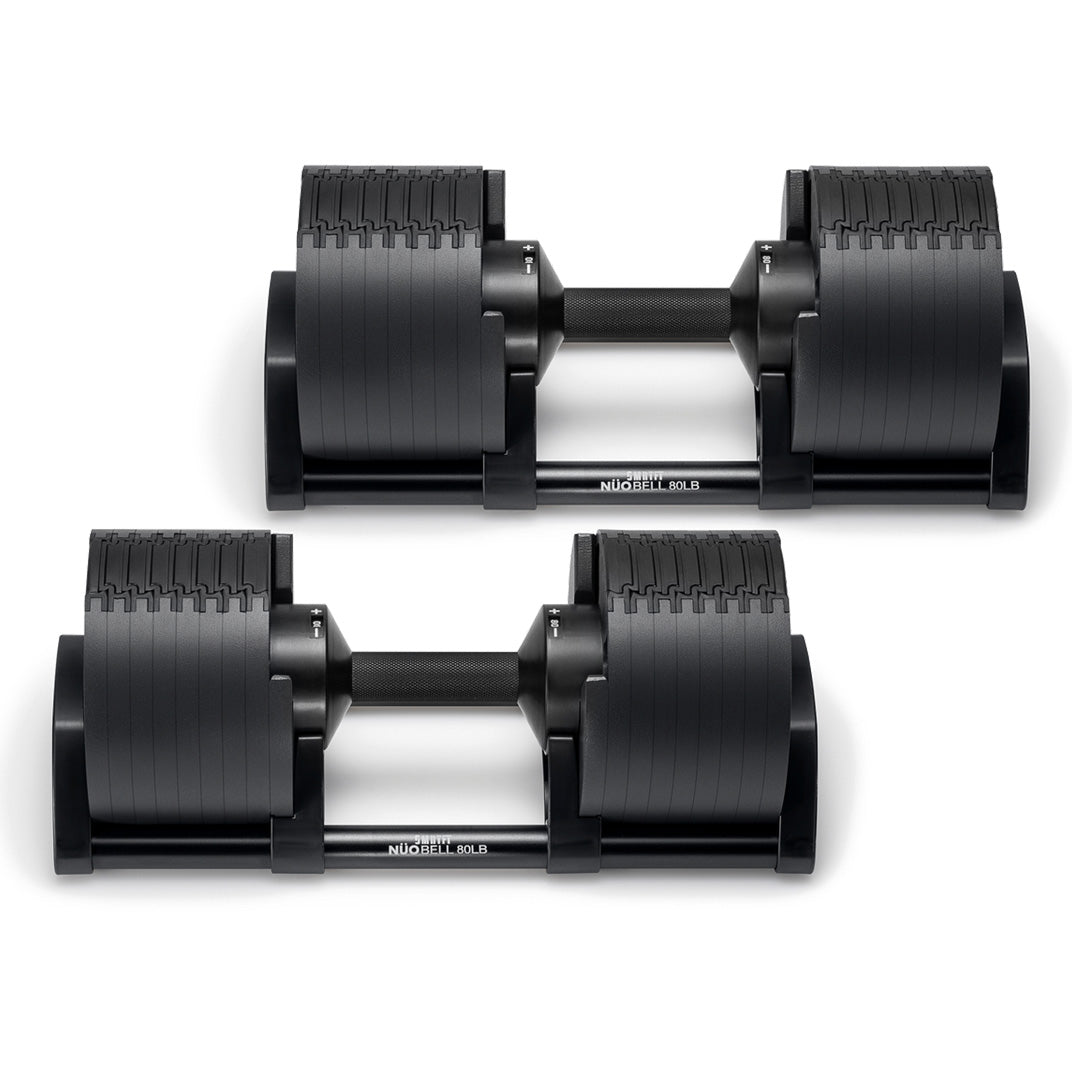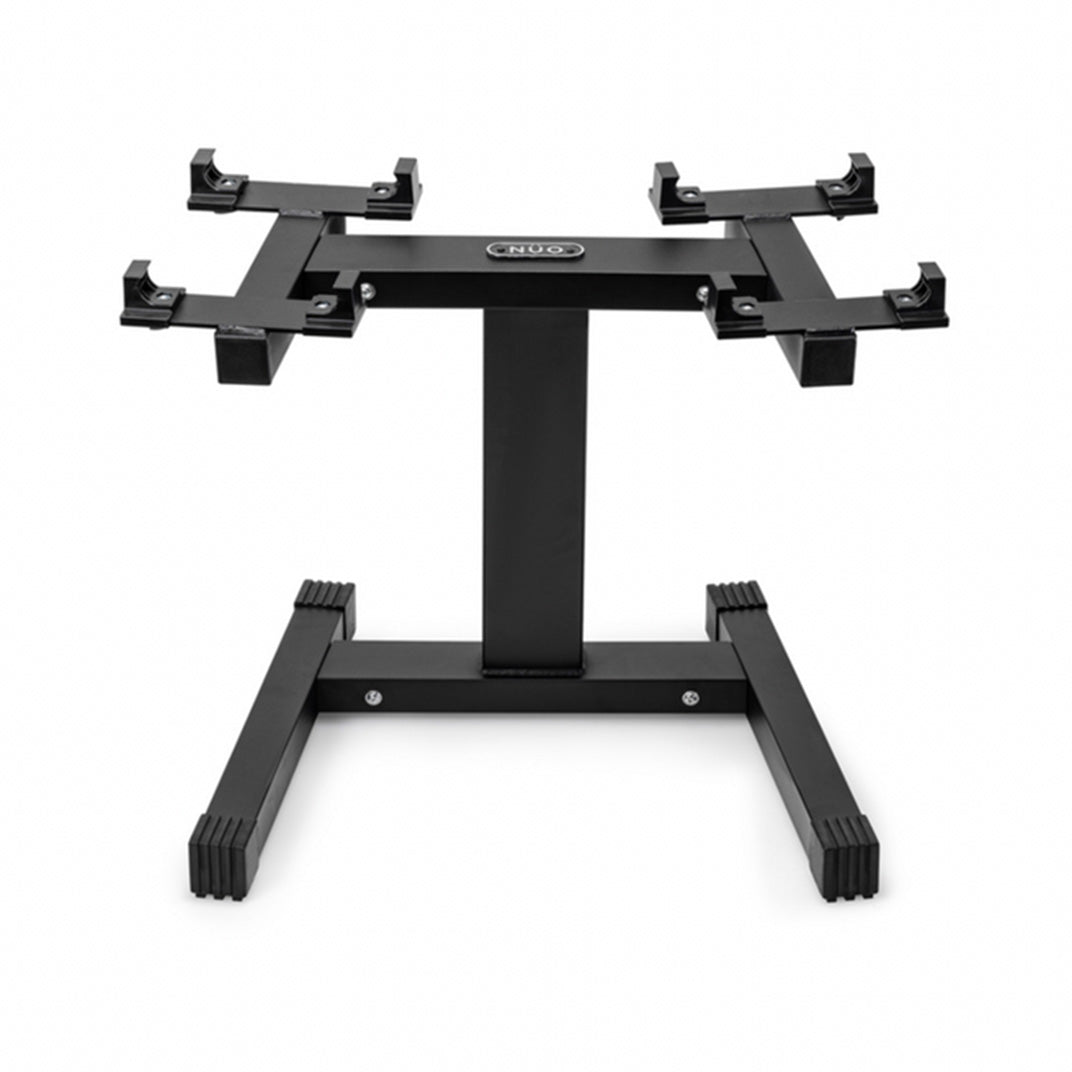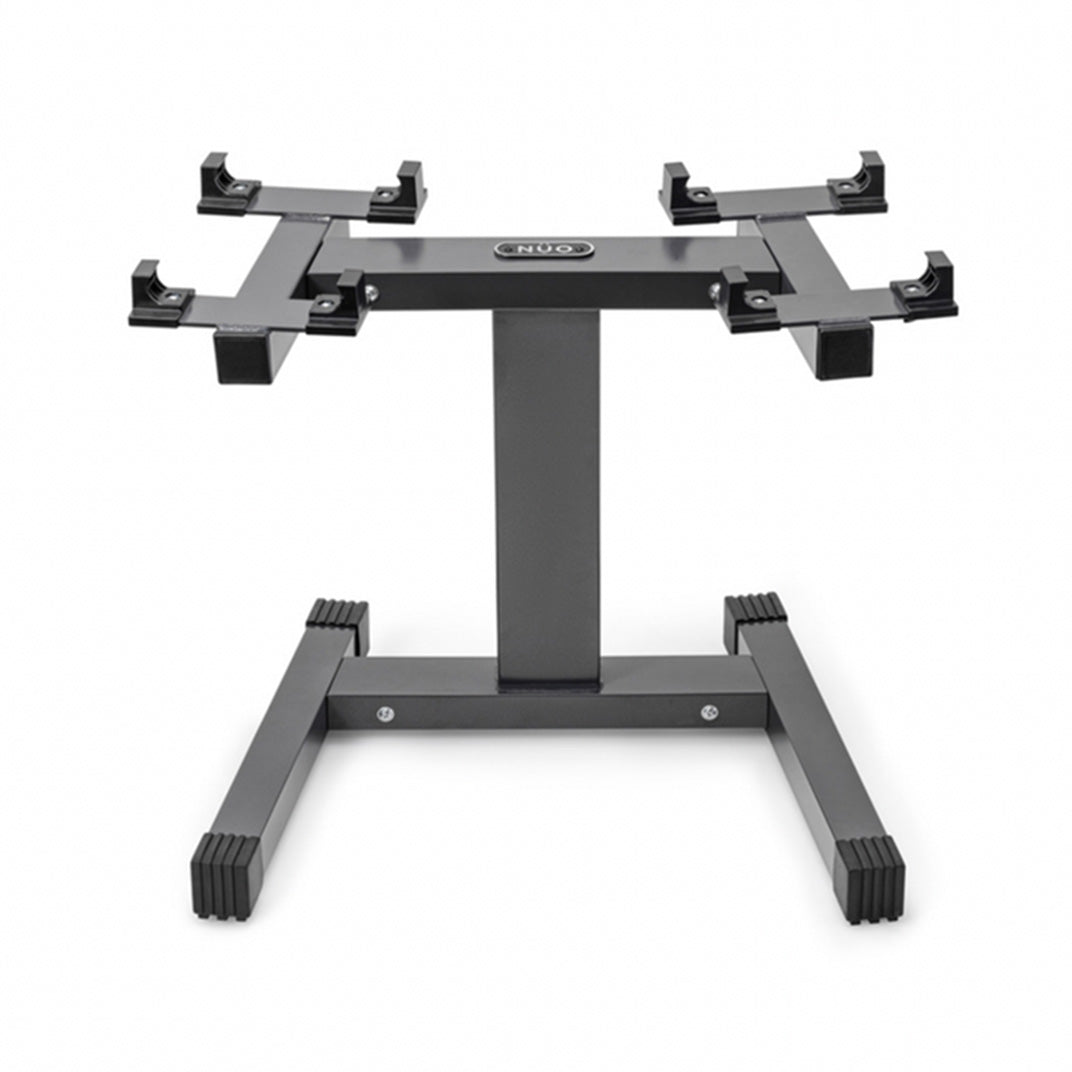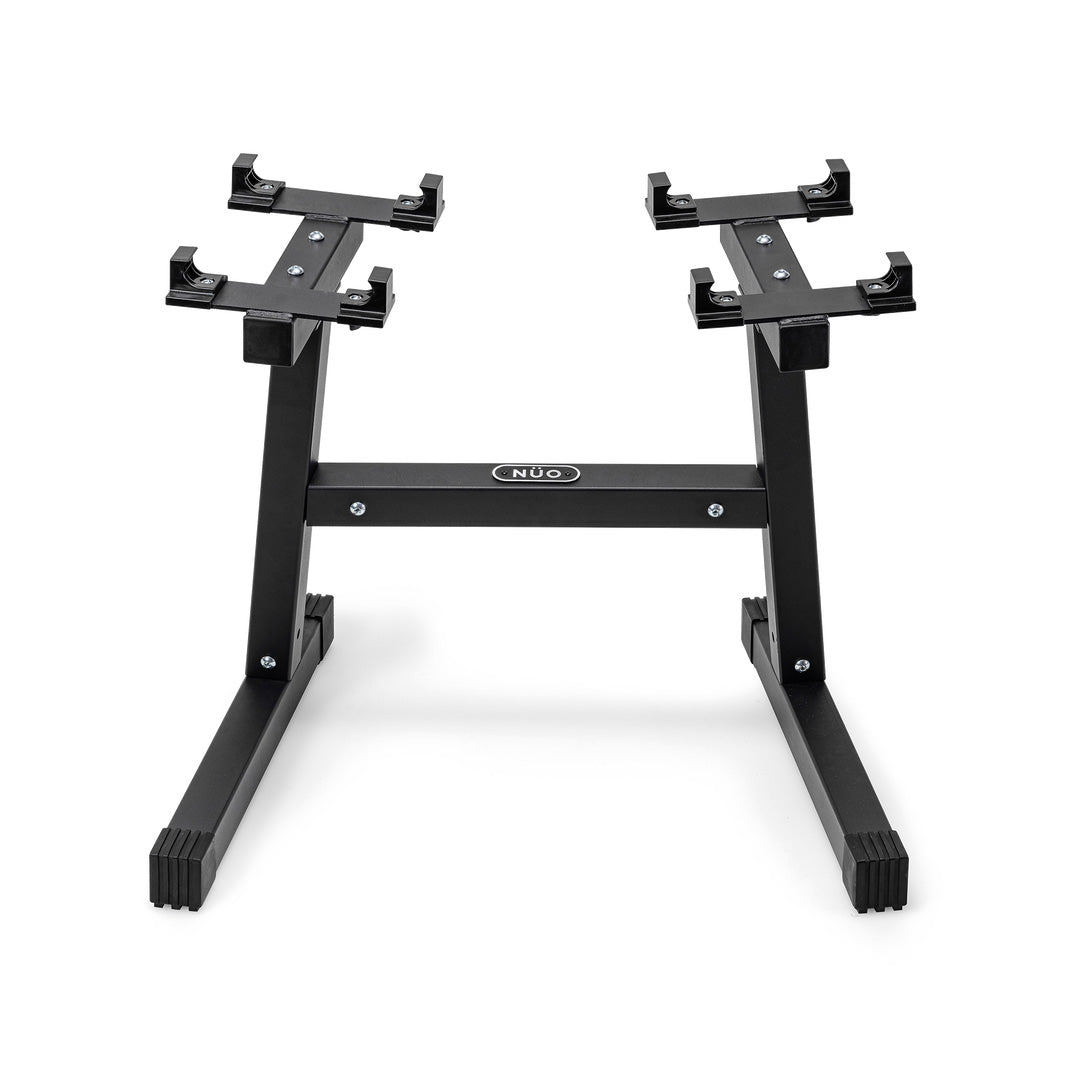by Dezi Abeyta, RD | SMRTFT Nutrition Writer
Most people step on the scale to gauge their progress. But that number only tells you how heavy you are in that moment. And despite what you may think, that can’t help you assess your training.
This experiment explains why: Weigh yourself in the morning, use the bathroom, then weigh yourself again. Expect your weight to change. That's why I like tracking a different number, your Heart Rate Variability (aka, HRV).

What HRV Actually Measures
Heart Rate Variability (HRV) is exactly what it sounds like: the tiny variations in time between every single heartbeat. Those changes are controlled by your autonomic nervous system, which balances the push of training with the pull of recovery. A higher HRV usually means your "rest and recover" system is in charge, and your body's ready for more work. A lower HRV often signals stress is winning, and recovery should be the priority.
Studies show that the athletes who track their HRV and use it to modulate their training typically see improvements in performance and recovery.
Watch HRV Trends
HRV is typically expressed in milliseconds (ms), and data shows it generally ranges anywhere from 60 to 100ms (although it can get even higher or lower than that). Younger athletes generally clock higher numbers.
Don’t dwell on all this though: Instead, watch your own trends over weeks. A steady climb in your HRV is a sign you're adapting, becoming a better athlete. A downward slide means that training, recovery, or lifestyle, may need adjusting. HRV shouldn’t determine today’s workout for you. It gives you long-term data on how you’re performing, studies show.
How to Hone Your HRV
You can (and should!) gradually work to elevate your HRV, and that will come with smarter training and better rest. Attack it with these four tactics. Aim to spend the next 30 days tracking your HRV and making these adjustments, and expect to know your body in a whole new way.
1. Sleep on purpose: It's not just about hours in bed. Go to bed and wake up at the same times and sleep in when you can. Consistency shows up in your HRV readings.
2. Train in waves: Alternate harder sessions with lighter days throughout the week. Proper recovery allows for smarter gains.
3. Fuel like recovery matters: Carbs, omega-3 fats, polyphenol-rich foods, and staying hydrated all support the systems HRV reflects.
4. Breathe with intent: A few minutes of focused breathing or mindfulness can tip your nervous system toward recovery mode.











